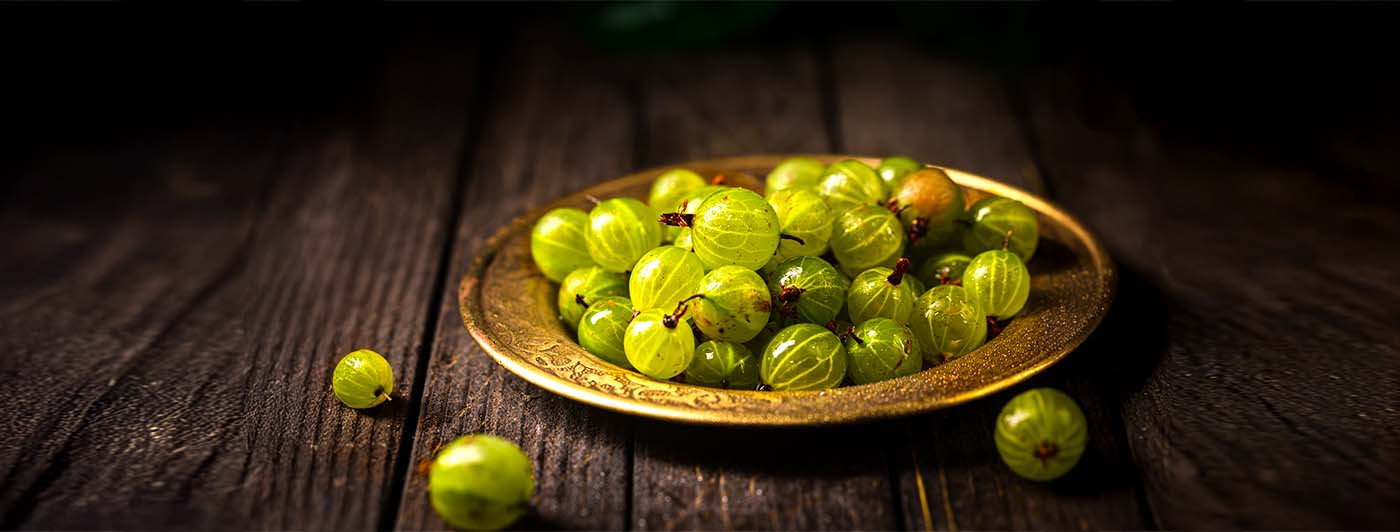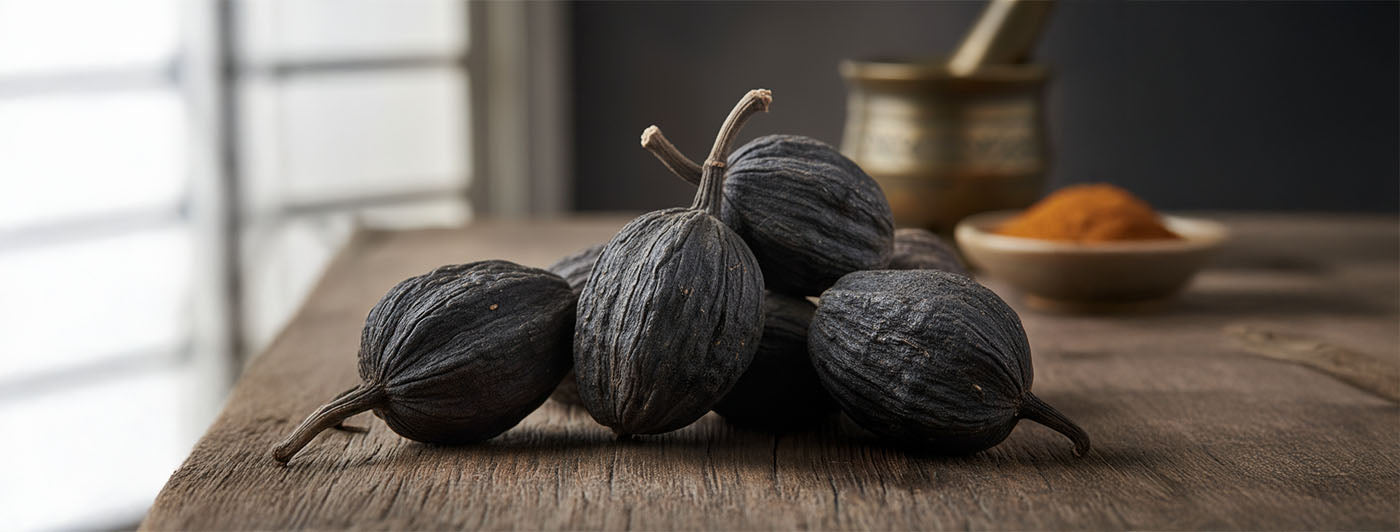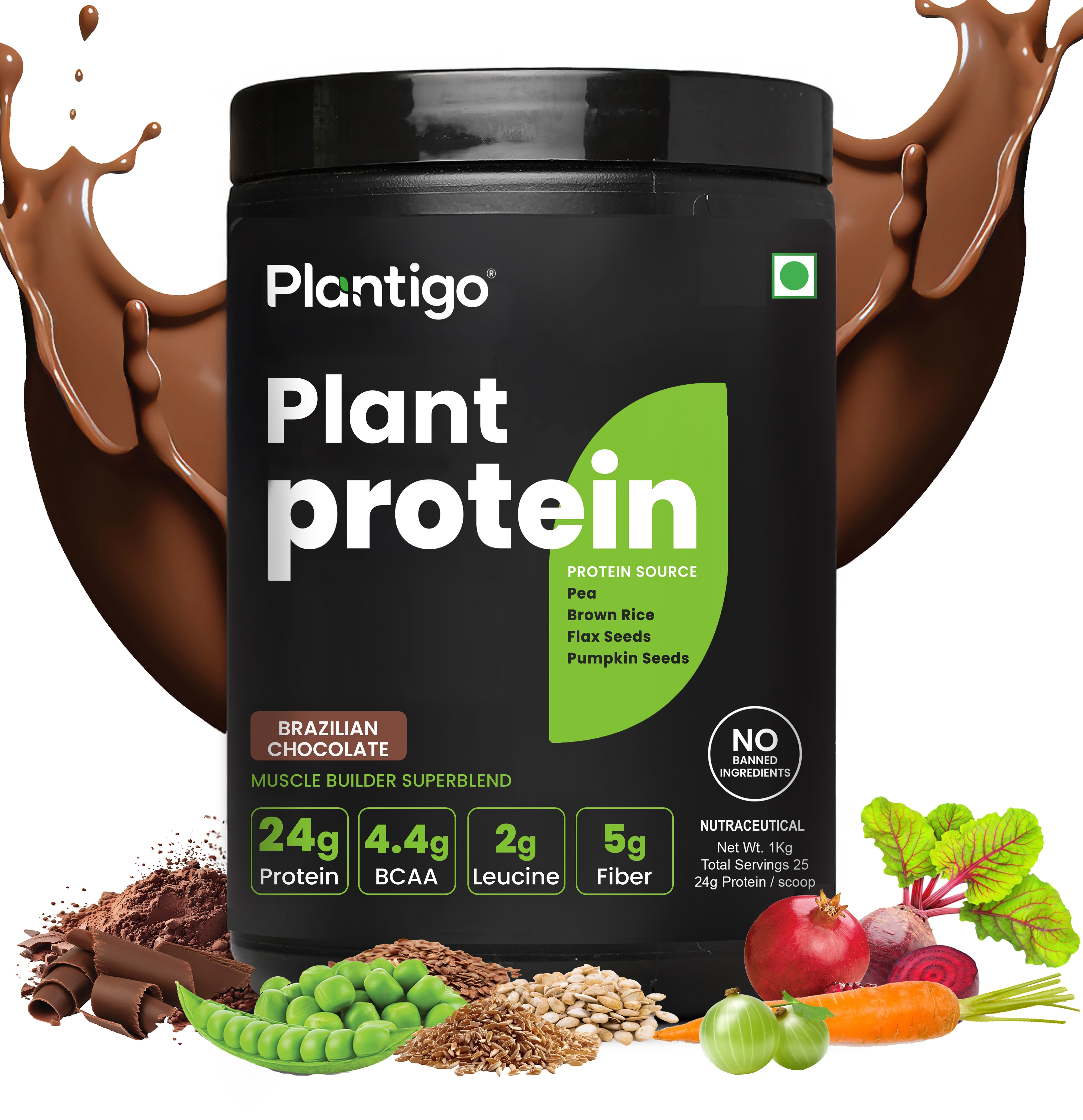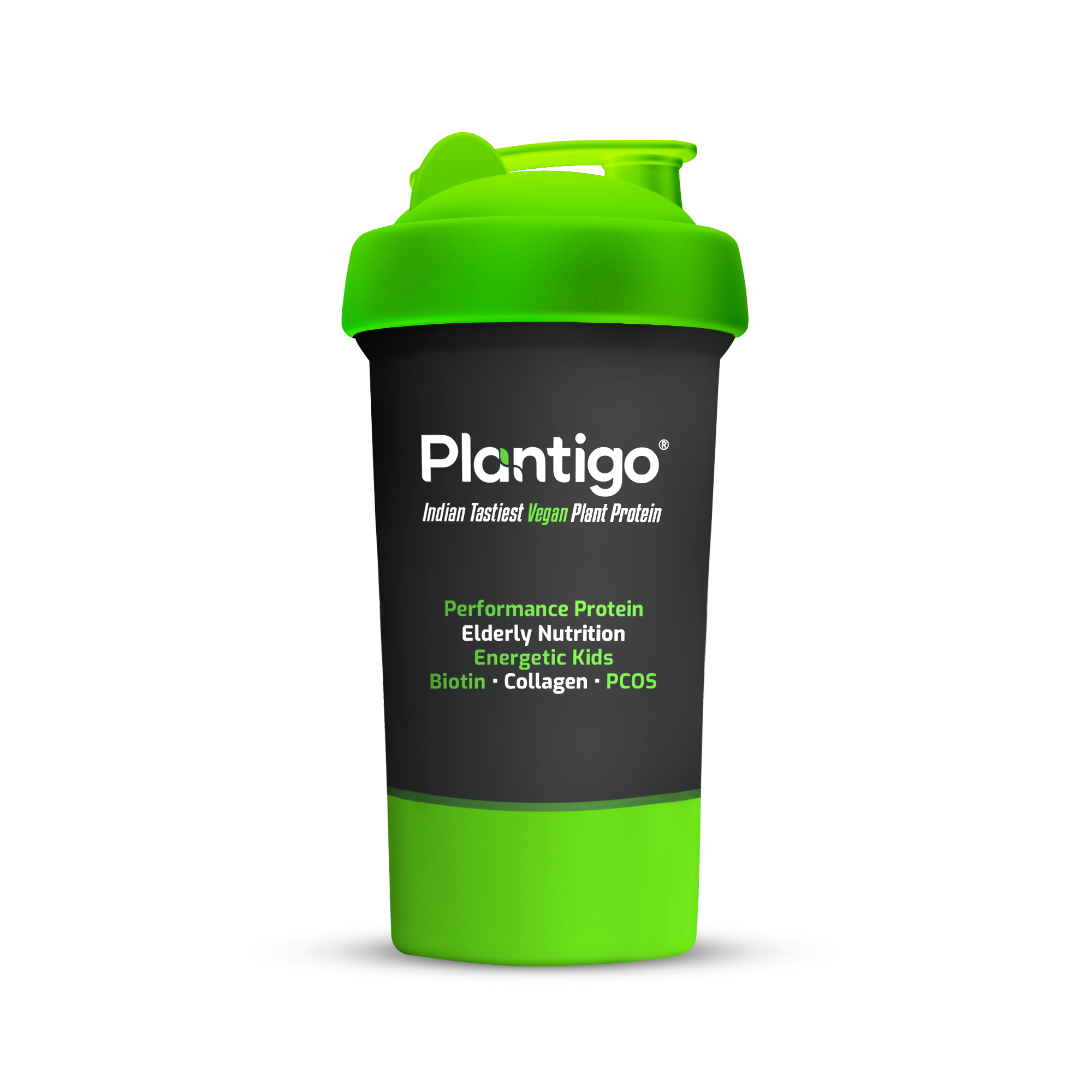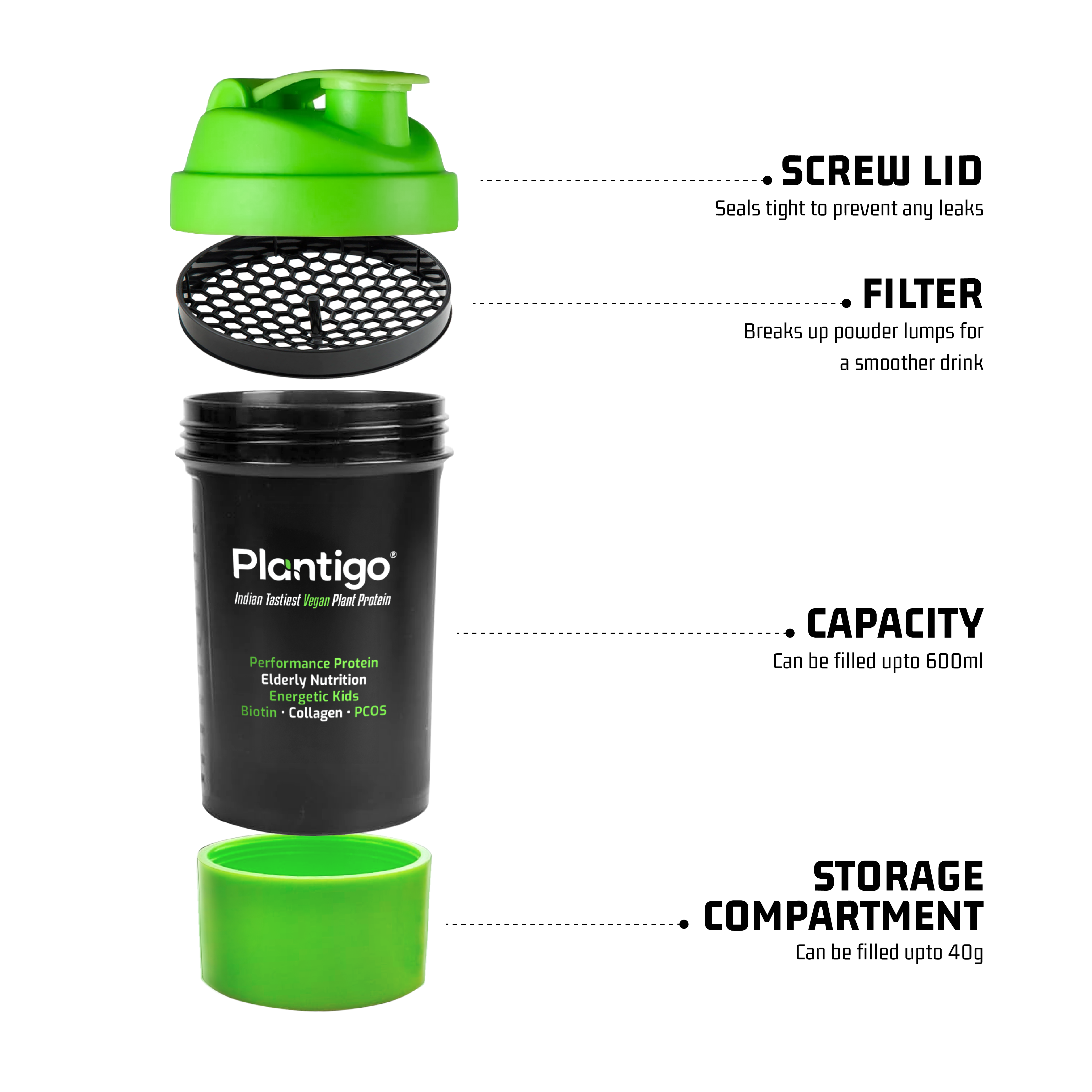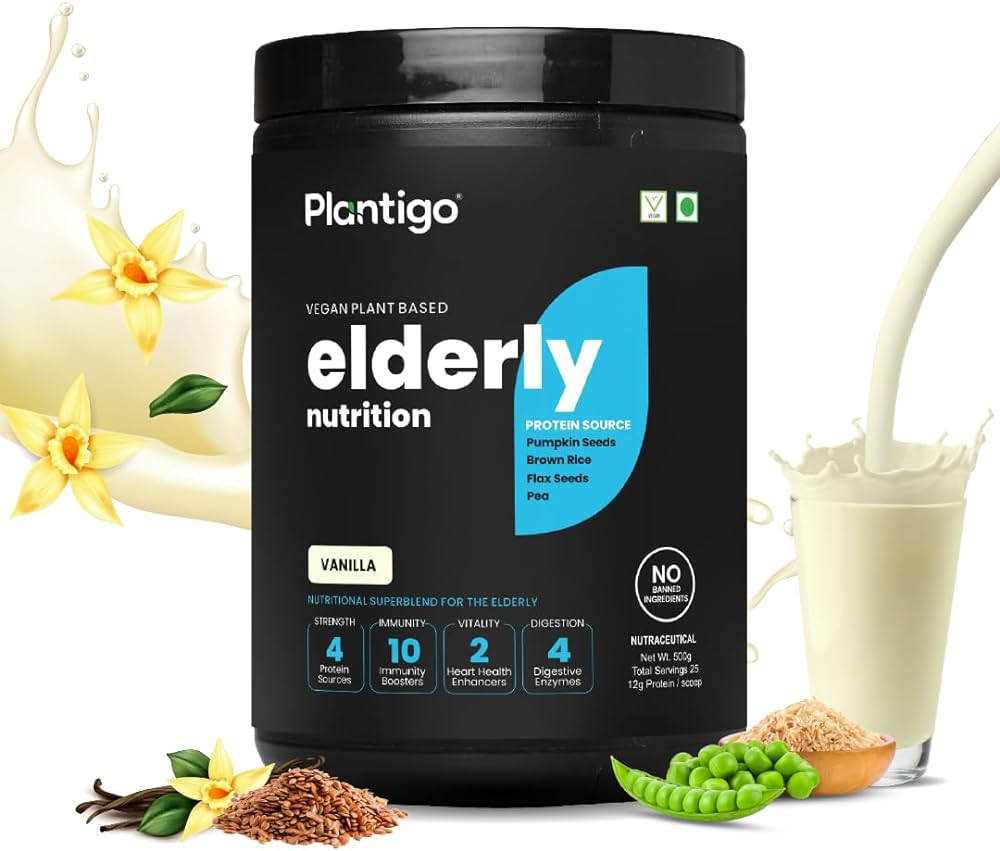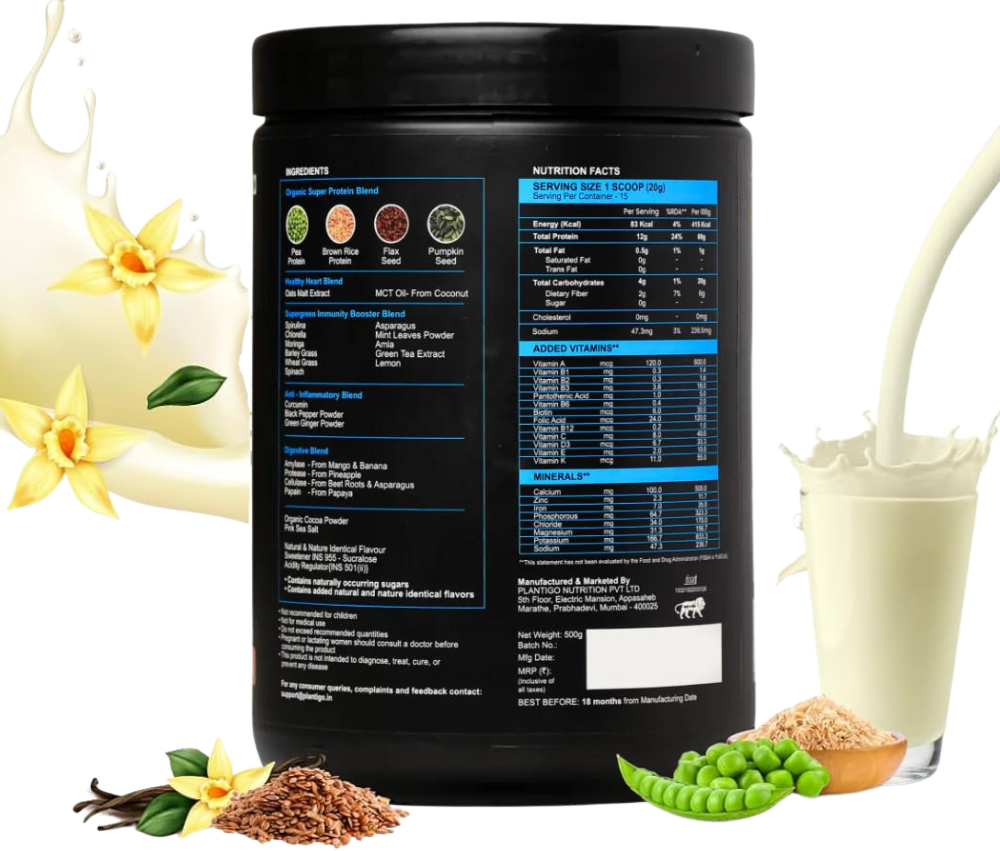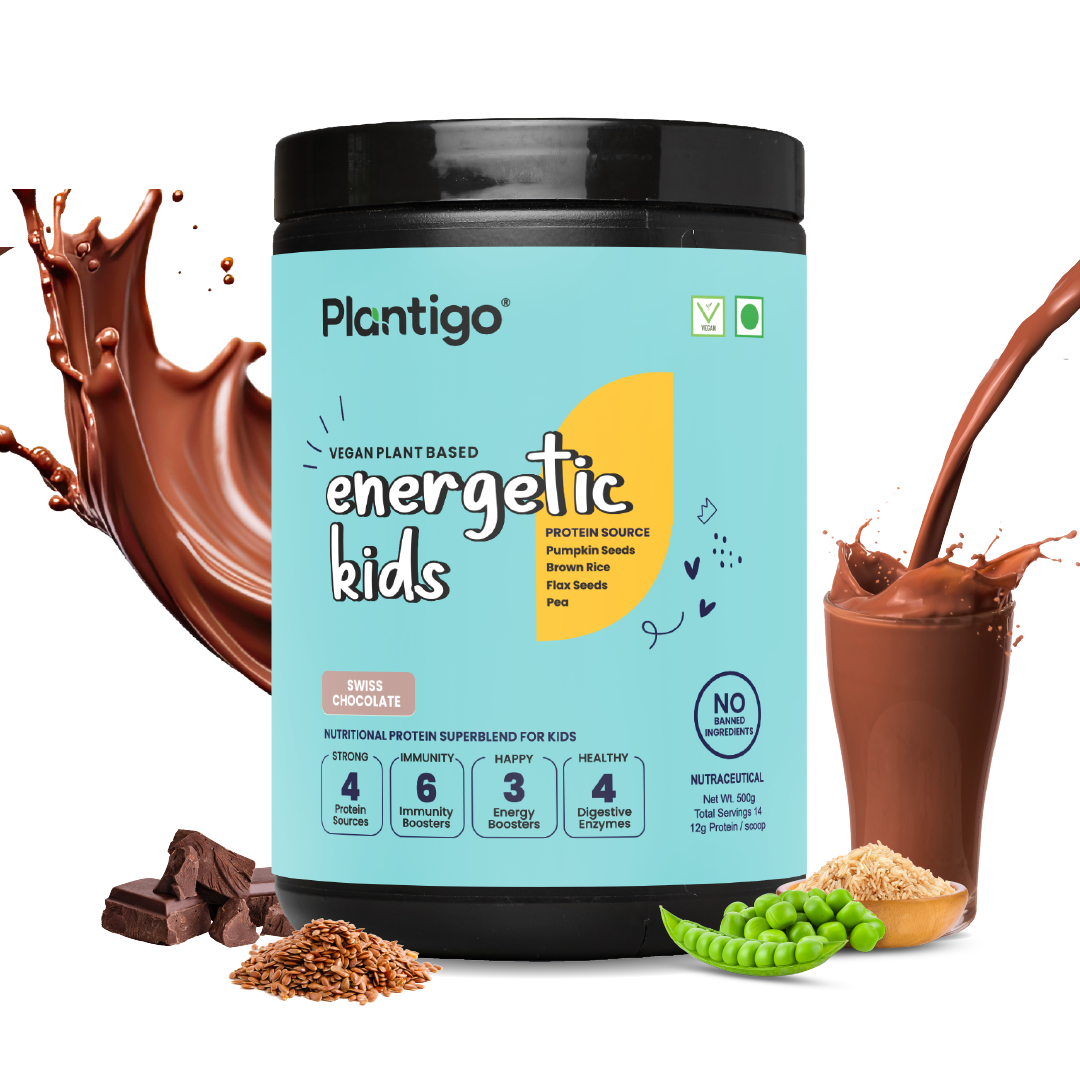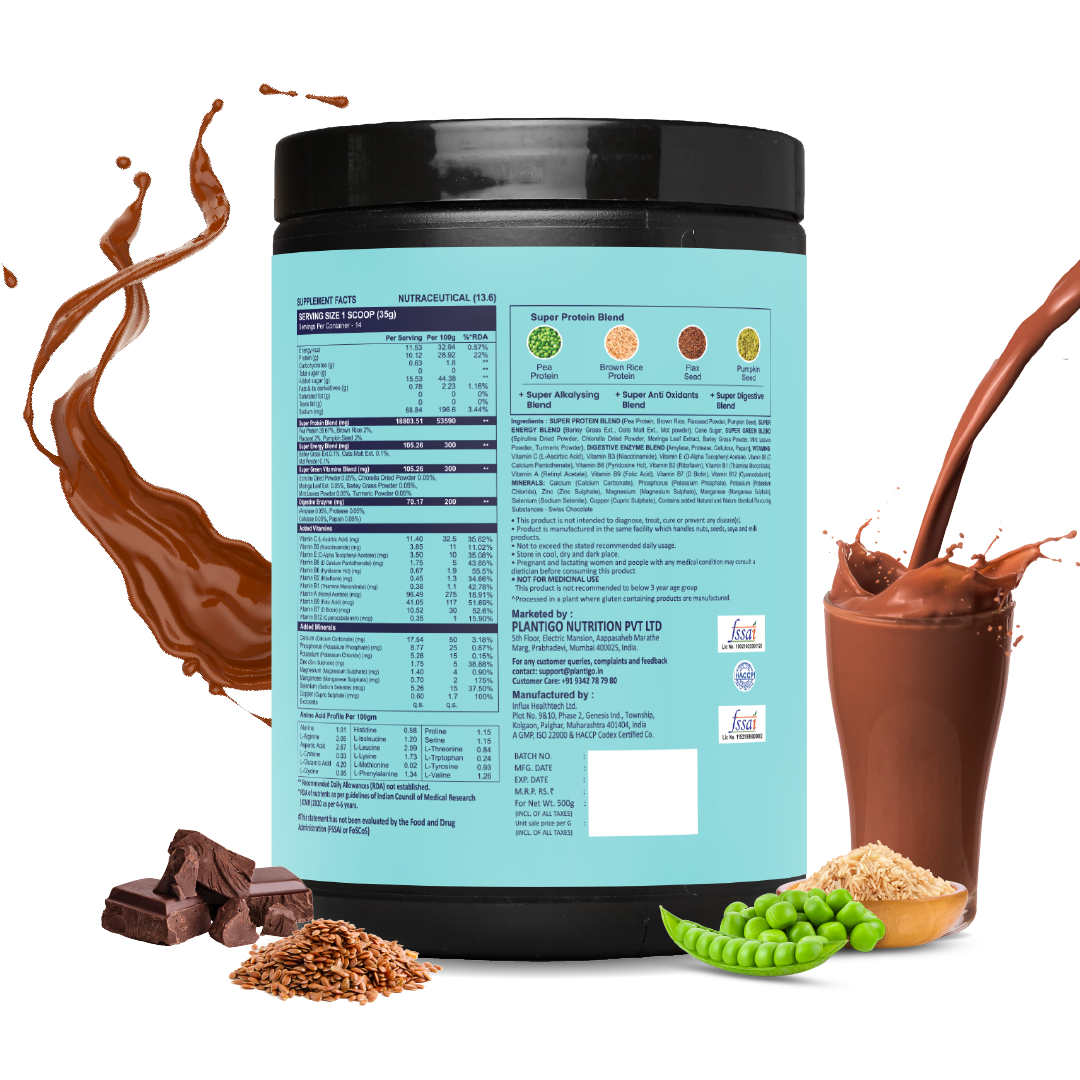Ever wondered how to achieve glowing, youthful skin without depending on chemical-laden serums? The answer may lie in your kitchen — in the small, green powerhouse called amla. When it comes to natural skincare, few ingredients rival the ancient power of amla — also known as Indian gooseberry. Packed with antioxidants, vitamin C, and powerful phytonutrients, amla benefits for skin extend far beyond surface-level glow. It rejuvenates from within, supports collagen production, and shields against daily environmental stressors.
Combined with a balanced diet rich in plant protein, amla helps strengthen skin structure and maintain elasticity naturally. Let’s explore 9 powerful amla benefits for skin that make this humble fruit a timeless beauty elixir.
The Science Behind Amla’s Skin-Enhancing Powers
Research shows that amla contains over 20 times more vitamin C than oranges, making it one of the most potent natural antioxidants available. This high concentration enhances skin repair, strengthens the dermal barrier, and supports wound healing.
A study highlighted amla’s potential to inhibit collagen degradation and stimulate fibroblast activity — the very cells responsible for maintaining skin structure. This evidence confirms why amla benefits for skin have stood the test of time across centuries of Ayurvedic practice.
Moreover, amla’s tannins and flavonoids contribute to improved circulation, bringing oxygen and nutrients to skin cells. The result? A naturally dewy, even-toned, and resilient complexion that needs little external makeup.
Top 9 Powerful Amla Benefits for Skin
1. Boosts Collagen and Skin Elasticity
One of the most important amla benefits for skin is its ability to enhance collagen production. Collagen is the protein responsible for your skin’s firmness and elasticity, and vitamin C from amla is vital in synthesizing it. A consistent intake of amla helps maintain youthful, supple skin by reducing fine lines and wrinkles.
Interestingly, a balanced diet that includes plant protein sources, such as lentils or nuts, complements collagen synthesis even further — promoting a stronger and more elastic skin structure naturally.
2. Prevents Premature Aging
Environmental pollution, UV radiation, and stress cause oxidative damage, leading to premature aging. Another remarkable amla benefit for skin is its high antioxidant content, which neutralizes free radicals and protects cells from degradation.
The polyphenols in amla work synergistically with its vitamin C content to restore skin vitality and brightness. When combined with other antioxidant-rich foods like lycopene rich foods (think tomatoes and watermelon), amla helps maintain an even tone and youthful glow.
3. Brightens Skin and Fades Pigmentation
Amla acts as a natural skin-brightening agent. The vitamin C in it helps fade dark spots, hyperpigmentation, and acne scars. By gently exfoliating and promoting cell turnover, amla benefits for skin include improving overall texture and brightness without relying on chemical-based creams.
Unlike commercial formulations that often contain class 2 preservatives, amla provides a clean and natural way to achieve a radiant complexion without any harmful additives.
4. Protects from Sun Damage
Another underestimated amla benefit for skin is its ability to shield against sun-induced damage. Its potent antioxidants and tannins protect skin cells from UV rays, reducing the risk of photodamage and sunspots.
Including amla juice or powder in your diet — along with foods like sunflower seeds benefits for skin — helps strengthen the skin’s defense barrier against oxidative and UV stress. Sunflower seeds, rich in vitamin E, work hand-in-hand with amla to fight inflammation and prevent dryness.
5. Fights Acne and Scars
Amla’s antibacterial and astringent properties make it a superb natural treatment for acne-prone skin. Regular application of diluted amla juice or amla-based masks helps control excess oil, tighten pores, and reduce inflammation.
The high vitamin C content also boosts wound healing, ensuring acne scars fade faster. This makes amla benefits for skin particularly helpful for those dealing with persistent breakouts or post-acne pigmentation.
6. Hydrates and Nourishes Skin
Hydration is the foundation of healthy skin. Amla, being rich in essential nutrients and electrolytes, supports internal hydration. Drinking amla-infused water or smoothies daily ensures that your skin remains moisturized and plump.
Incorporating anti inflammatory drinks such as turmeric latte or ginger-amla shots can further calm skin redness and irritation. Together, they make a powerful natural duo for keeping your skin hydrated, soothed, and glowing.
7. Detoxifies for Clearer Complexion
Another powerful amla benefit for skin is detoxification. Amla helps cleanse the liver and blood, removing toxins that often manifest as acne, dullness, or uneven tone. It purifies the body from within, ensuring your skin reflects inner health.
Pairing amla with hydrating and nutrient-rich fruits for hair growth like papaya or berries enhances overall skin and hair health. These fruits supply vitamins A and E that complement amla’s cleansing properties, giving your skin a naturally luminous look.
8. Soothes Inflammation and Redness
If you struggle with redness, rashes, or sensitive skin, amla benefits for skin include calming inflammation. Its natural anti-inflammatory compounds such as ellagic acid help reduce swelling and irritation caused by environmental triggers or allergies.
For women, adding nutrient-dense superfoods such as chia seeds benefits for females can further support hormonal balance and skin hydration. Chia’s omega-3 fatty acids and amla’s vitamin C together form a powerhouse for maintaining healthy, resilient skin through every season.
9. Improves Overall Skin Health
Beautiful skin is a reflection of good nutrition, and amla benefits for skin tie closely to how well your diet supports cellular regeneration. Amla’s vitamin C improves iron absorption, promotes circulation, and nourishes your skin from the inside out.
For those tracking dietary intake, using a protein intake calculator can help ensure you’re consuming enough protein to support skin repair and regeneration. Adequate protein — whether from lentils, quinoa, or a plant based protein powder — is crucial for rebuilding tissues and maintaining firmness.
As part of a clean, whole-food diet, amla pairs wonderfully with nutrient-dense sources like peas (found in pea protein powder) and seeds. Together, they provide amino acids and antioxidants that keep your skin radiant and resilient.
Additional Skincare Tips to Maximize Amla Benefits
To amplify the effects of amla benefits for skin, here are some easy yet effective ways to include it in your routine:
-
Morning Shot: Mix 1 tablespoon of amla juice with warm water and drink it on an empty stomach to kickstart detoxification.
-
Face Mask: Combine amla powder with honey and rose water for a rejuvenating DIY mask. Leave it for 10–15 minutes before rinsing off.
-
Smoothie Add-on: Blend amla pulp with spinach, banana, and coconut water for a nutrient-packed green smoothie that nourishes skin and hair.
-
Weekly Routine: Apply a thin layer of amla paste on your face once a week to tighten pores and enhance glow naturally.
Amla’s vitamin C not only brightens the skin but also helps prevent collagen breakdown — a key aspect of youthful skin maintenance.
Amla vs. Synthetic Skincare: Why Nature Wins
Many modern skincare products rely on chemical additives, artificial fragrances, and class 2 preservatives that can irritate sensitive skin over time. In contrast, amla is a whole-food ingredient free from synthetic compounds.
While synthetic serums provide instant results, they often come with long-term drawbacks like dryness or barrier damage. Amla, however, works holistically — replenishing nutrients, balancing pH, and promoting true cellular health. It’s safe, sustainable, and supports both the skin and the environment.
Recent research backs this up — a clinical trial found that topical use of amla-branch extract significantly improved skin elasticity, hydration, reduced wrinkles, and lightened skin tone in real-world conditions. This reinforces why nature-based skincare like amla continues to outperform synthetic alternatives in delivering lasting, skin-deep results.
Integrating Amla into a Holistic Skin Routine
To get the most out of amla benefits for skin, think beyond topical use. Your skin’s radiance reflects what you eat, drink, and how you live. Pair amla with a wholesome lifestyle:

-
Eat Smart: Include natural antioxidants like lycopene rich foods and vitamin E-rich nuts.
-
Hydrate Well: Sip on anti inflammatory drinks such as green tea, turmeric milk, or amla-infused lemon water.
-
Sleep Deep: Skin regenerates during sleep — 7–8 hours ensures the nutrients from amla are effectively used.
-
Stay Active: Regular exercise improves blood flow, ensuring oxygen and nutrients reach your skin cells faster.
Consistency is key. Over time, your complexion becomes brighter, firmer, and more resilient — reflecting the true potential of amla benefits for skin.
Final Thoughts
Amla is truly nature’s skin tonic — a fruit that nourishes from within, defends against aging, and rejuvenates tired skin naturally. From boosting collagen and preventing pigmentation to detoxifying and calming inflammation, amla benefits for skin encompass a full spectrum of healing and beauty.
Incorporating amla into your diet or skincare routine is simple yet profoundly effective. Whether you’re sipping on fresh amla juice, adding it to smoothies, or applying it topically, this powerful fruit offers transformative effects backed by centuries of wisdom and modern science alike. Pairing it with clean nutrition — such as Plantigo plant protein in your daily routine — further supports skin repair and overall wellness, making your glow truly sustainable from the inside out.
So, the next time you look for a natural solution to radiant, ageless skin — let amla take the spotlight. Your skin will thank you for it, one glow at a time.
Frequently Asked Questions
1. Can I eat amla every day for my skin?
Yes, you can! Eating one fresh amla or a tablespoon of amla powder daily provides vitamin C and antioxidants that boost collagen, brighten skin, and slow aging naturally.
2. How long does it take to see amla benefits for skin?
You may start noticing visible improvements in 3–4 weeks of consistent use. Regular intake enhances glow, evens tone, and reduces pigmentation over time.
3. Can I apply amla directly on my face?
Yes. You can apply fresh amla juice or amla powder mixed with honey or rose water as a natural face mask. It helps tighten pores, fight acne, and brighten skin.
4. Is amla suitable for all skin types?
Absolutely. Amla suits all skin types, including oily and sensitive skin. However, do a patch test first to ensure there’s no irritation from its natural acidity.
5. What’s the best way to include amla in my diet for glowing skin?
Drink amla juice in the morning, blend it into smoothies, or mix it with warm water and honey to support natural glow and overall skin health.

